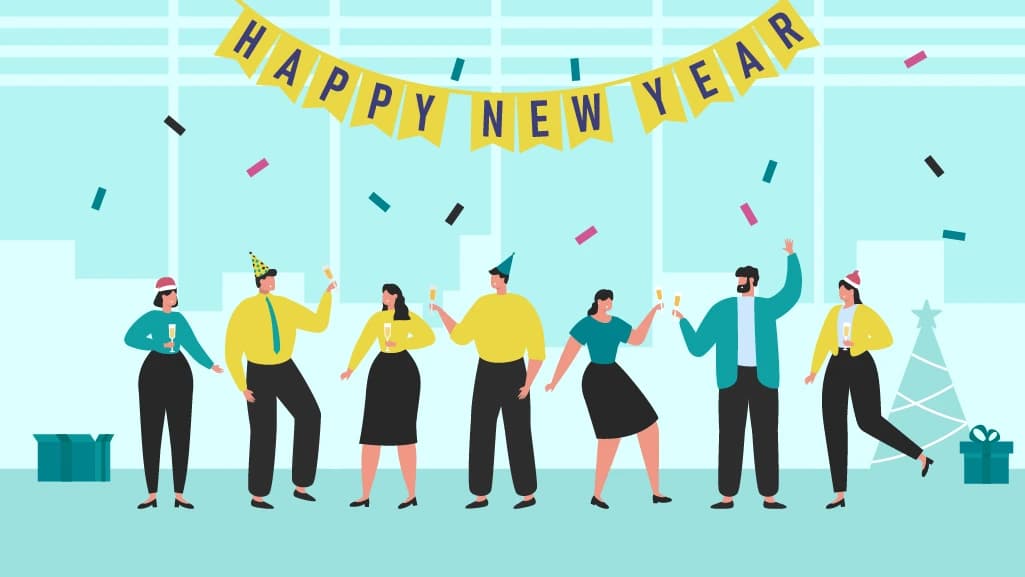8 Engagements for Right-Sizing Your Workforce Without Damaging Morale

Team AdvantageClub.ai
July 29, 2025

Today’s business environment is evolving rapidly. For HR leaders, it’s no longer just about expansion or reduction—it’s about right-sizing. But what is right-sizing, really? Unlike simple layoffs, right-sizing is the careful optimization of your workforce to align with current business needs, market shifts, and future goals.
“Rightsizing” can be a challenging term to articulate in any workplace. For employees, it often feels like a quiet warning of layoffs, uncertainty, and major change. For HR leaders, it’s a tightrope walk between what the business needs and how the people will respond. And while the goal may be to create a leaner, more focused workforce, the emotional fallout—anxiety, distrust, morale drops—can quickly derail progress.
However, right-sizing doesn’t have to mean bad news. When done right, it can be a thoughtful and strategic shift that aligns teams with future goals, without breaking trust. The secret is proactive, meaningful engagement.
8 Engagement Touchpoints for Rightsizing with Care
1. Rapid Pulse Surveys
- You can learn more about your team's current emotional state by conducting quick sentiment analysis and surveys on a weekly or bi-weekly basis.
- Ask questions like:
- “How confident are you in our current direction?”
- “Do you feel supported during these changes?”
2. Mood Trackers (“Mood-o-meters”)
- Even a brief daily check-in, "How are you feeling today?" can reveal early signs of stress, especially when it's anonymous and easy to answer.
- A daily or weekly Mood-o-Meter embedded in the digital recognition platform enables employees to share their well-being without feeling pressured.
3. Transparent FAQ Channels
- A central repository or go-to resource with answers for common questions about rightsizing can help eliminate uncertainty.
- Consider:
- A regularly updated FAQ that is accessible to all
- Anonymous question submissions
- Weekly “office hours” with HR or leadership
4. Real-Time Recognition Programs
- Sustaining morale during rightsizing often hinges on acknowledging effort and displaying gratitude:
- Ensure that people know their hard work is being seen and appreciated.
- Celebrate positive actions as they occur, whether big or small, such as helping teammates adapt to new roles or innovating under pressure.
- Use digital tools to spotlight achievements across the company
- Encourage peer-to-peer recognition to boost belonging at every level
In moments of change, recognition becomes fuel for morale and sets the tone for post-rightsizing resilience.
5. Empathy-Focused Communication Streams
- People want to feel cared for, but they also want to be informed. Empathy-led communication can help with that.
- Employees are informed at every stage, not just during major announcements, with automated, customized updates.
- Encourage managers to use video, chat, or even pre-recorded messages to check in with each team member individually.
- Leaders should be reminded to convey the "why" behind company decisions, acknowledge emotions, and address concerns honestly.
6. Holistic Wellness Program Integration
- Rightsizing is stressful, emotionally, mentally, and even physically. Help your team take care of themselves with AI-driven holistic wellness programs such as Advantage Wellness.
- Offer:
- Confidential mental health and counseling support
- Virtual or onsite stress-relief workshops (like mindfulness or breathwork)
- Inclusive wellness programs that everyone can access, no matter their background
7. Open Forums and Feedback Loops
- Virtual forums, town halls, and listening sessions offer a space for employees to express their concerns and share ideas.
- Host regular feedback loops—short digital surveys, followed by visible action on inputs received.
- Make it easy for every employee to be heard, not just the most outspoken.
8. Customizable Support Groups for Inclusive Communities
- A community or support groups centered around common experiences, such as job changes, working remotely, or cultural identities, offer comfort and a sense of belonging.
- Create channels for employee resource groups (ERGs) or peer support teams, spaces for connection and shared coping strategies.
- Facilitate discussions between employees facing similar changes, building inclusive communities that sustain morale and promote a sense of unity.
To ensure that no one feels like they’re navigating change alone, platforms like Advantage Communities can help employees easily initiate and grow peer-based support networks.
Why Rightsizing Often Backfires (and What You Can Do Differently)
- Drop in morale: Anxiety spreads when communication is limited or late.
- Productivity slips: Distrust can lead to disengagement and lower output.
- Loss of top talent: Employees who feel undervalued may leave, even if they are not affected by reductions.
- Breakdown of trust: Silence breeds rumors, leading employees to lose confidence in leadership.
The Role of Engagement Platforms in Rightsizing
When an organization considers rightsizing, every employee touchpoint matters. Today’s leading HR teams use Agentic AI engagement platforms to reach people where they are—quickly, consistently, and with empathy.
- Real-time pulse surveys and mood check-ins
- Smart recognition systems that reward resilience
- Centralized wellness support and peer networks
- Personalized, human communication—not corporate jargon
AdvantageClub.ai is designed to support workforce transitions while maintaining a focus on your people.
At-a-Glance: Old vs. New Rightsizing Practices
Traditional Rightsizing Approach | Engagement-Driven Rightsizing |
One-time announcement | Frequent pulse surveys and feedback loops |
Manager-only recognition | Peer-to-peer, real-time recognition |
Unilateral policy changes | Transparent FAQ and open forums |
Minimal wellness offerings | Holistic wellness programs |
Siloed communication | Empathy-focused, multi-channel updates |
How HR Can Lead Rightsizing with Empathy and Results
- Pilot pulse surveys within at-risk teams to spot early warning signs and shape your communications.
- Roll out mood-o-meter check-ins on a daily or weekly basis to monitor morale.
- Centralize an FAQ channel and encourage managers to update it with the latest information.
- Integrate recognition tools for both leaders and peers to highlight successful adaptation and foster a positive workplace culture of appreciation.
- Promote holistic wellness activities—and ensure support access is widely communicated.
- Host open forums where employees can put their queries directly to leadership.
- Establish support groups for those most affected or anxious about the transition.
Checklist for HR teams:
- Communicate early and often with empathy and honesty
- Use data to understand employee sentiment
- Recognize resilience and positive adaptation in real time
- Make wellness resources easy to access
- Build inclusive spaces for connection
Achieving the “Right Size” With Engagement at the Core
With employee engagement central to your rightsizing process, your business can:
- Preserve and even boost employee productivity
Change is less disruptive when people feel involved, informed, and supported. - Retain key talent
The most engaged employees are also your most valuable. Keep them from walking out the door by investing in their emotional well-being. - Build long-term trust
Employees may not love every decision, but they’ll respect the process if it’s transparent and human. - Enhance adaptability
A workforce that has experienced thoughtful change management before is better prepared for future pivots.
The Strategic Advantage of Modern Rightsizing
With tools like AdvantageClub.ai, HR teams can:
- Move fast with real-time insights
- Show empathy through personalized messaging
- Lead with a strategy grounded in human data





